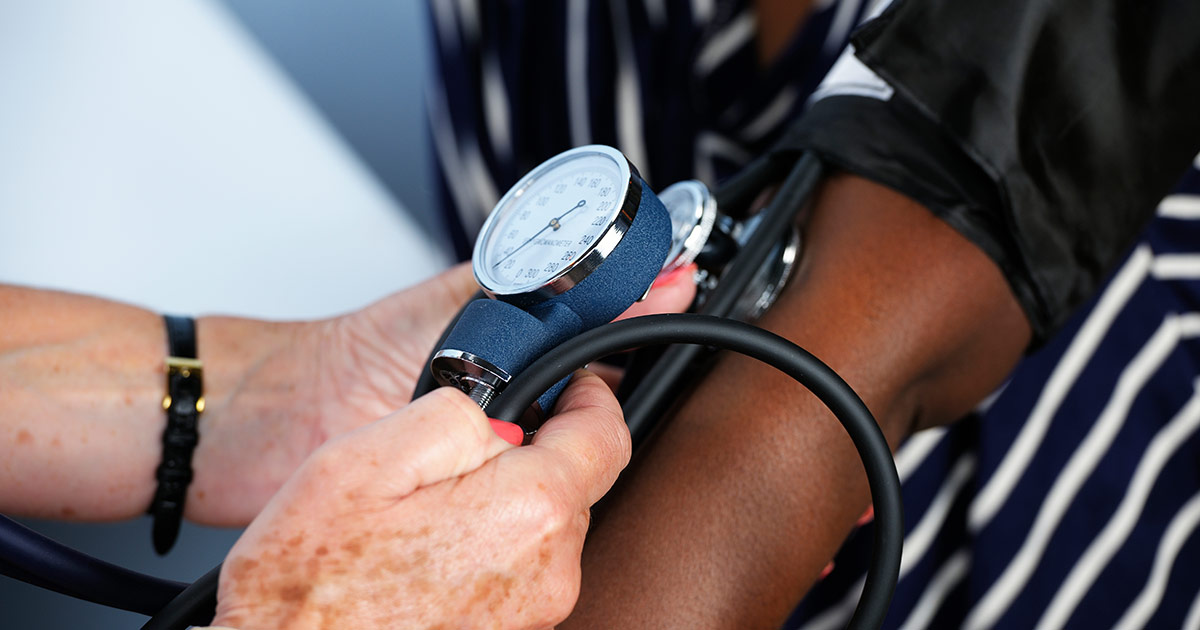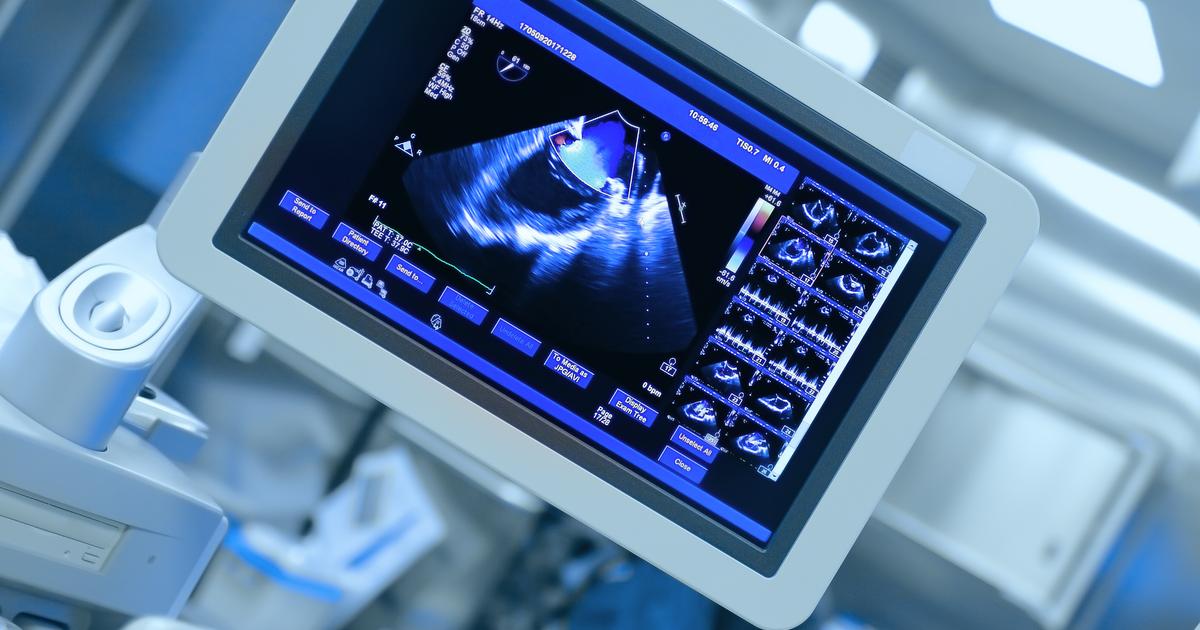Guide To Heart Failure Stages
The concept of heart failure is confusing to many. It sounds like an individual's heart no longer works, and their life is coming to an end. However, this is not entirely correct. Heart failure is a condition in which the heart does not stop beating, but it does stop pumping blood well. Since the heart's primary function is to pump blood through the body so individuals can live a healthy life, this is a significant health problem.
There are many options for heart failure treatment. Many individuals need to follow a heart-healthy diet. If they are also dealing with high cholesterol, they will need cholesterol medication to help. Heart failure patients with high blood pressure may need beta-blocker medications to reduce their pressure. Surgery for heart failure is also common, as is an eventual heart transplant. Ultimately, treatment for heart failure depends on the stage.
What Is Heart Failure?

is a problem individuals develop when their heart struggles to pump blood the way it usually does and should do. Their heart is slower and does not work well. Their body struggles as a result. Unfortunately, there are many reasons someone might develop heart failure. Coronary artery disease is one of the leading causes of heart failure. It occurs when the arteries cannot keep up with the supply and demand of blood and oxygen the heart needs to work properly. An individual's heart cannot work correctly when their arteries clog and do not send enough blood through.
Heart attacks are another common cause of heart failure. In this case, the arteries are suddenly so blocked that nothing makes it through, and individuals suffer a heart attack. Cardiomyopathy is another common reason individuals might develop heart failure. Problems with blood flow often cause this. However, other issues, such as an infection, can cause it as well.
Learn about the first stage of heart failure next.
Stage A Heart Failure

Stage A heart failure is the earliest type of heart failure. It means this is the time during which patients have the best chance at overcoming this health condition. This is medically defined as pre-heart failure. It has not happened yet, but it is going to happen based on specific risk factors. For example, someone with a family history of heart failure is considered a high risk. Individuals with hypertension, diabetes, or other specific health problems might also be in early heart failure. Some of those health problems include anything from a history of rheumatic fever to a history of alcohol abuse. Individuals who have metabolic syndrome also fall into this category.
Get to know the next stage of heart failure, stage B, next.
Stage B Heart Failure

Stage B heart failure is also a pre-heart failure stage, but it is more severe than the first. Individuals dealing with stage B heart failure have typically already been diagnosed with a health issue such as systolic left ventricular dysfunction. However, they have also never dealt with any of the other things that come with heart failure. Patients at this stage will be treated with stage A treatment options. These include lifestyle changes and treatment for other underlying health issues such as high blood pressure and high cholesterol. Doctors may also want to treat patients with a beta-blocker, angiotensin-converting enzyme (ACE) inhibitor, or angiotensin II receptor blocker. If surgery is deemed necessary, patients may also undergo a valve repair or replacement, or a coronary artery bypass.
Keep reading to learn about the next stage of heart failure.
Stage C Heart Failure

Stage C heart failure includes patients with identifiable full-blown systolic heart failure and its symptoms. The most common of these symptoms are a significantly reduced capacity to exercise, shortness of breath, and fatigue. Patients also often have an irregular or fast heartbeat, swelling in their legs and feet, a persistent cough or wheezing, as well as a reduced appetite.
Treatment for stage C heart failure includes the options detailed for the previous stages. They may also require additional methods, such as restricting sodium in the diet, reducing fluid intake, and discontinuing any medication that might be exacerbating symptoms. Patients may also be prescribed medications like diuretics or aldosterone inhibitors. Some may even receive an implantable defibrillator or biventricular pacing.
Reveal the next stage of heart failure now.
Stage D Heart Failure

Patients are officially dealing with stage D heart failure when they have systolic heart failure and persistent and advanced symptoms, even after receiving medical care. Most of the treatment options from previous stages continue to maintain quality of life as much as possible. For the most part, however, this stage is considered incurable.
Other options aimed at managing stage D heart failure include a heart transplant, continuous intravenous heart pump medication, surgical repair and treatment, and ventricular assist devices. Often included when dealing with stage D heart failure, especially when other options have failed, is palliative care. This helps boost the patient's comfort. All patients will be thoroughly evaluated to determine what options are the most appropriate for their condition.